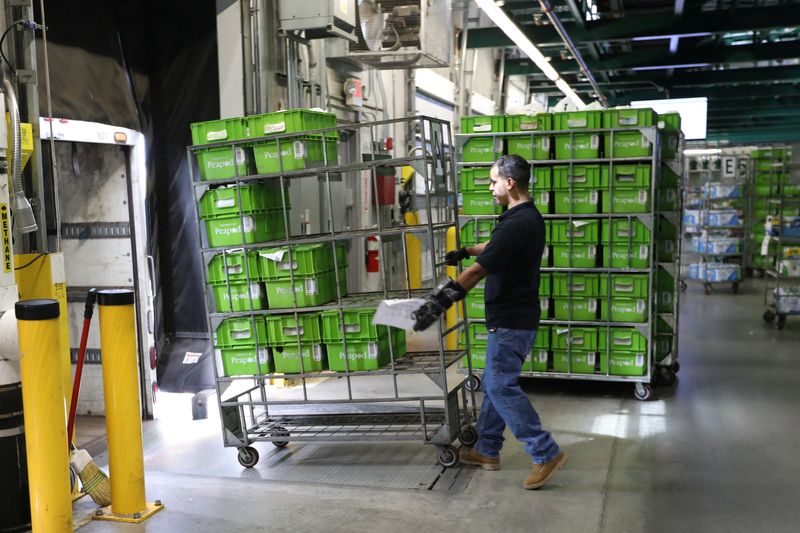Sometimes, as business leaders forge ahead with AI, it might feel like walking through a blizzard, the wind tearing at you, snow lashing your face, your clothes flapping and your nose getting chafed and red…
Or maybe that’s just a trite metaphor. Either way, there are some essential challenges to working through the big questions that leadership teams have to ask in the agentic AI era. Business is so different now, in so many ways, and the technology is there, waiting to be used.
In this context, experts have started to use the term “AI maturity” to refer to companies that have established road maps for AI usage. Alternately, they can use this term to talk about “baby steps” toward fuller adoption, or brainstorming on how AI can enhance business processes.
Defining AI Maturity
One of the most common ways to talk about and assess AI maturity is in the use of major “stages” – often, a model will use four of these to identify the way stations to the destination.
For instance, this resource from MIT/Sloan identifies stage 1 as “experiment and prepare,” stage 2 as “build pilots and capabilities, stage 3 as “develop AI ways of working,” and stage 4 as “become AI future-ready.” By contrast, this version from ChatGPT gives us these stages: beginners, implementers, accelerators, pacesetters.
This latter set actually comes from a company called ServiceNow, which has written an in-depth report on AI maturity, how it works, and at what rate business is adopting the right approaches.
Explaining the Trends
I actually saw Brian Solis of ServiceNow present on this at a recent Stanford event, and he broke down some of the numbers in the report. For instance, in relation to building businesses powered by AI, 94% of CEOs said that they were not satisfied with their current AI investments.
Yet, Solis pointed out, when you talk to CEOs about their AI vision, a full 90% will say that they are operating with a strategy, while only 57% of their employees agree.
“73% of CEOs say that that (their) AI strategy is highly strategic and even visionary, but only 47% of their employees agree with that,” he added.
So, as Solis noted, there’s a “disconnect” in thinking about the average company’s use of AI. Presumably, the chance for this discrepancy goes down as the business invests in more brainstorming, cross-department conversations, and integration at all levels.
“AI can do more than make yesterday faster, cheaper, more efficient, and more scalable,” he said. “It can also unlock new opportunities. So the risk for leaders is not thinking too big, it’s actually thinking too small.”
That’s in the context of Solis’ work advising companies looking for a path.
“The question I like to ask the companies that I’m working with is, are you using AI to improve the past, or are you using AI to invent the future,” he added, “and those are two questions that should be asked at the beginning of every investment, every plan, every strategy, every roadmap.”
More from the Report
In making AI maturity assessment more concrete, ServiceNow looks at how to observe AI maturity in terms of gross revenue, infrastructure, training and more, and identifies what it takes to be a “pacesetter” or a company out in front of the AI revolution.
“Becoming an AI-first business means redesigning workflows so that intelligence flows seamlessly and enhances every operation,” study authors write. “It means piloting next generation AI solutions and exploring new possibilities to create value. It means envisioning future opportunities to augment human intelligence within the enterprise, and adopting an intelligent, connected platform that connects data, people, and processes.”
The Human in the Loop
Solis also appears in the report, in the section on “humanizing” AI, with three principle recommendations: prioritize augmentation over replacement, use AI as a catalyst for human potential, and adopt an AI-first mindset.
He also mentioned, in his lecture on this, the value of removing siloes for data. Here’s more from the report text on the siloing of data in systems, and how AI maturity can help:
“Pacesetters recognize the power of knocking down silos to allow data to flow between business functions, enabling every team to draw on a central repository of information. They harness AI-powered digital workflows to connect people, data, and processes across the enterprise. As a result, 56% of Pacesetters have made significant progress connecting data and operational silos, compared to 41% of others. By taking this approach, Pacesetters can translate AI insights into concrete business outcomes.”
Is Your Business AI-Mature?
So to figure out where your firm is on this trajectory, ask yourself: do leaders have a defined AI strategy? Is it based on actionable information about existing business processes? Does it work? And is everyone on board?
Those are some of the fundamental questions in applying your own analysis to AI maturity. As much as a lot of expert opinion is swirling around in the blogosphere and elsewhere on the net, the whole thing comes down to people and processes. So take time to consider where your business is at this point, and how to get where you want to be.









